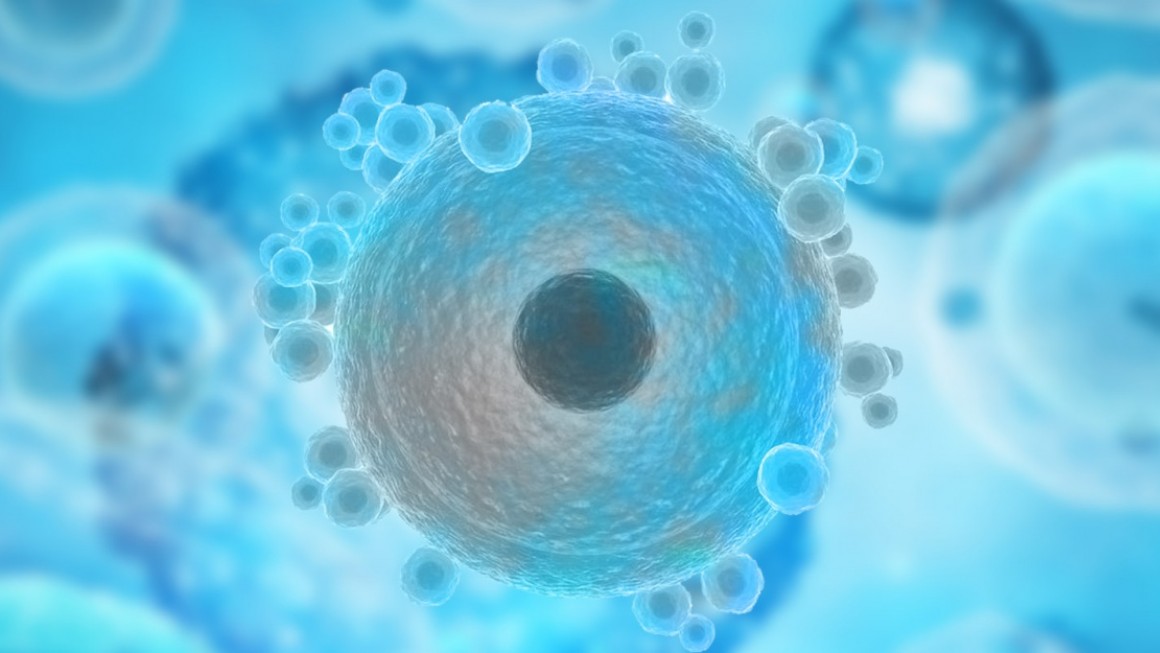Antibody-drug Conjugates (ADCs), one of the fast-developing anticancer drugs, are the conjugation of monoclonal antibodies and small-molecule cytotoxic drugs. ADCs are well known for both the targeting ability with high specificity of antibody drugs and the powerful killing efficiency of traditional small-molecule cytotoxic drugs. They can be identified by the antigen specificity of the monoclonal antibodies and the surface of tumor cells. They can be delivered to the cells by endocytosis, and then they release cytotoxins in lysosomes after degradation, resulting in the target cells apoptosis. At present, 14 ADC drugs have been approved from the market worldwide, and hundreds of ADCs are still in different stages of clinical research.
The linker which connects antibodies and cytotoxic drugs is a vital component of ADC, and the design and selection of linker are crucial to the safety and efficacy of ADC drugs. The key factors for the design of ADC linker include the high stability in the blood circulation, the efficient release of small molecular toxins in the target tissue and the hydrophilicity to avoid the accumulation of ADC. Based on the release mechanism of small molecule toxins, most of the ADC drugs using linkers can be divided into two categories: cutting and non-cutting linkers.
PEG linker has a wide range of applications in the development of ADC. Introducing the PEG spacers in ADC linker will have an effect on the properties of ADC:
a. Regulate physicochemical properties, such as balancing the hydrophobicity of small molecule toxins, increasing solubility, improving DAR values, and reducing the ADCaccumulation.
b. Improve the property of pharmacodynamics, such as affecting the release efficiency of small molecule toxins, and thus affecting thetreatmentefficacy.
c. Optimize the property of pharmacokinetics, such as changing the clearance rate of ADC, increasing the half-life and changing the biodistribution etc.
Diverse types of ADC Linkers can be formed easily and quickly by combining a variety of bifunctional PEG Linkers with different structures, and at the same time, site-specific conjugation can be achieved. In addition, the use of multi-arm PEG derivatives can help increase drug loading and build ADC molecules that carry multiple different toxins, supporting the development of the new generation of ADC drugs.




